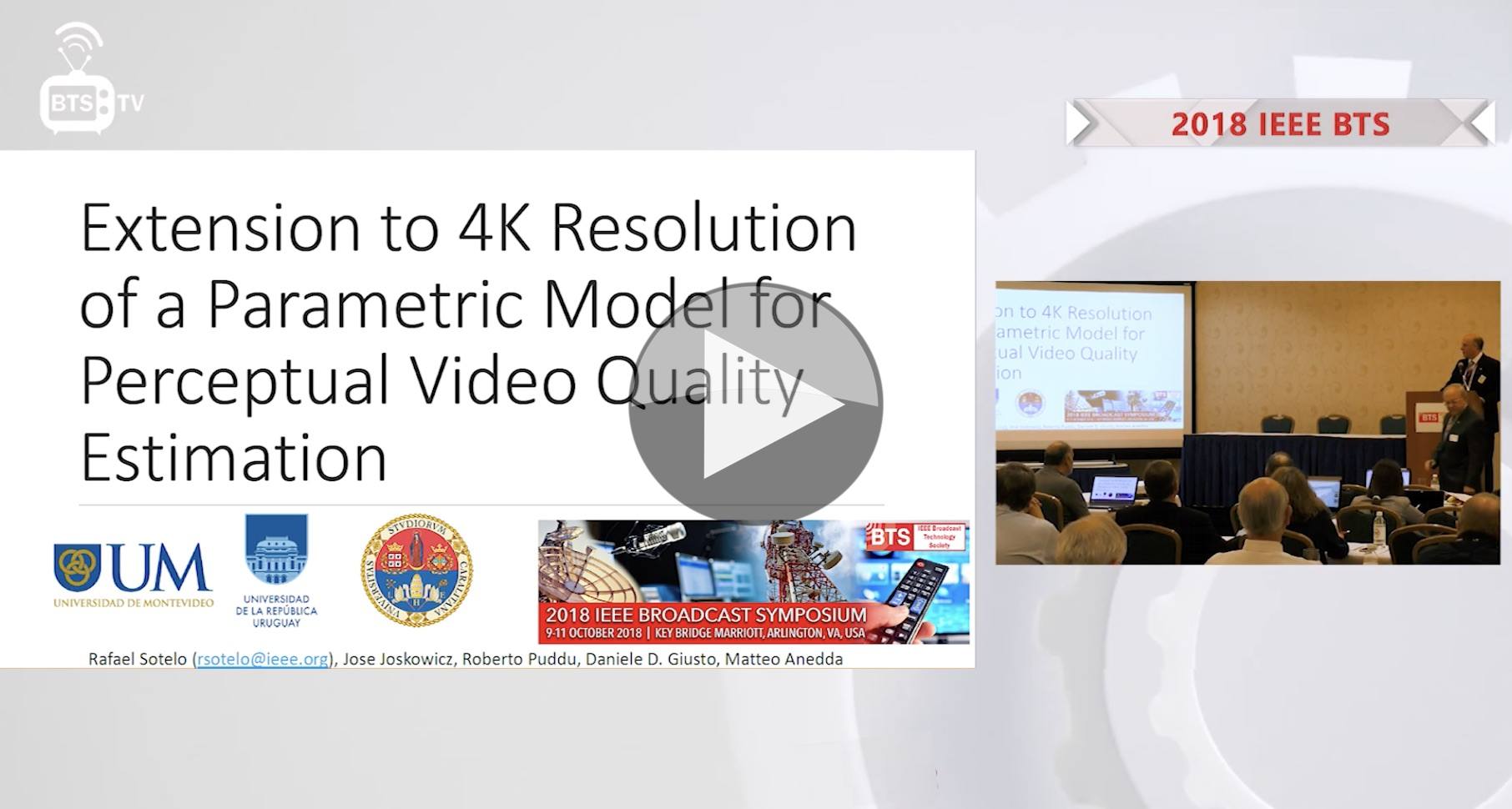Measuring video quality automatically is invaluable and, for many uses, essential. But as video evolves with higher frame rates, HDR, a wider colour gamut (WCG) and higher resolutions, we need to make sure the automatic evaluations evolve too. Called ‘Objective Metrics’, these computer-based assessments go by the name of PSNR, DMOS, VMAF and others. One use for these metrics is to automatically analyse an encoded video to determine if it looks good enough and should be re-encoded. This allows for the bitrate to be optimised for quality. Rafael Sotelo, from the Universidad de Montevideo, explains how his university helped work on an update to Predicted MOS to do just this.
MOS is the Mean Opinion Score and is a result derived from a group of people watching some content in a controlled environment. They vote to say how they feel about the content and the data, when combined gives an indication of the quality of the video. The trick is to enable a computer to predict what people will say. Rafael explains how this is done looking at some of the maths behind the predicted score.
In order to test any ‘upgrades’ to the objective metric, you need to test it against people’s actual score. So Rafael explains how he set up his viewing environments in both Uruguay and Italy to be compliant with BT.500. BT.500 is a standard which explains how a room should be in order to have viewing conditions which maximise the ability of the viewers to appreciate the pros and cons of the content. For instance, it explains how dim the room should be, how reflective the screens and how they should be calibrated. The guidelines don’t apply to HDR, 4K etc. so the team devised an extension to the standard in order to carryout the testing. This is called ‘subjective testing’.
With all of this work done, Rafael shows us the benefits of using this extended metric and the results achieved.
Watch now!
Speakers
 |
Rafael Sotelo Director, ICT Department Universidad de Montevideo |




